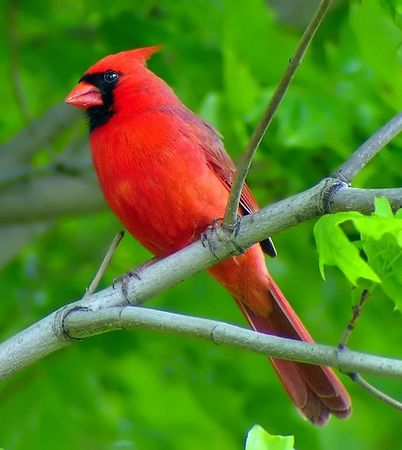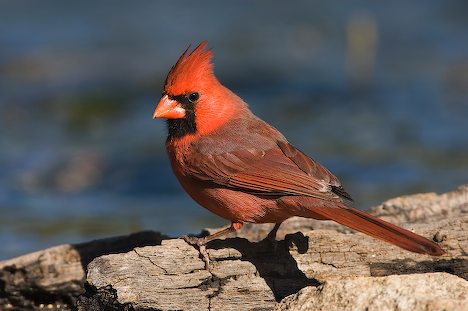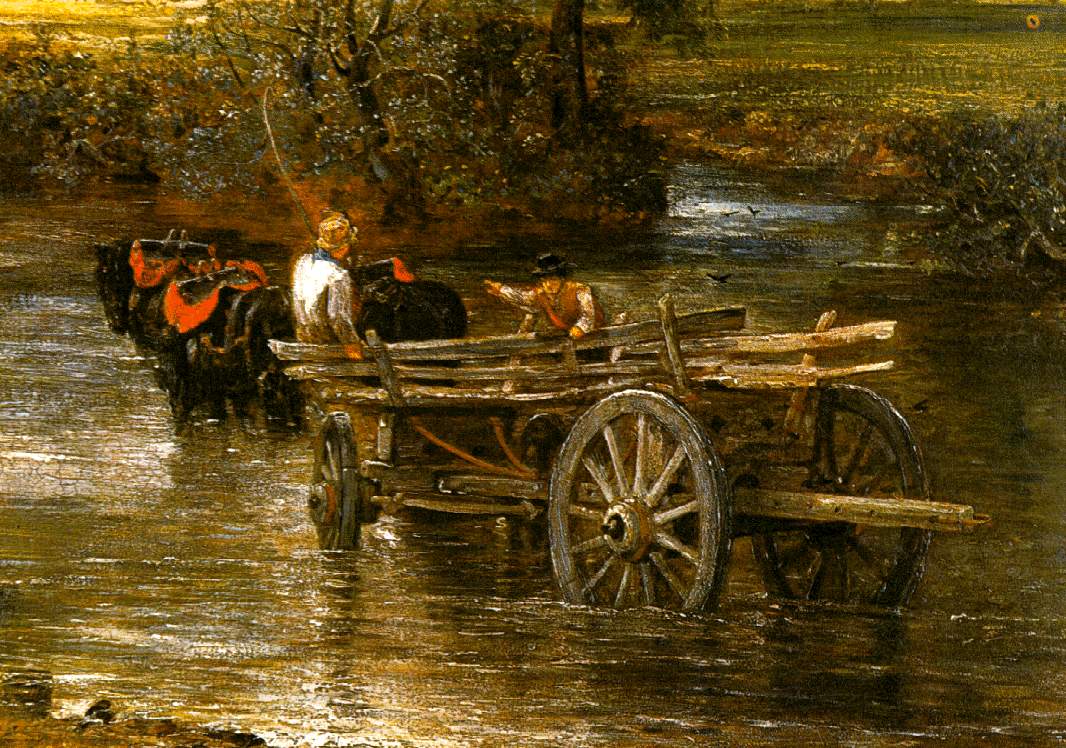Cardinal Virtue - A Suggestion for a New Symbol from the Book of Nature
 Inspired by Rural New England I have said before how if a tradition is to be a living tradition it should be developing re-applying its core principles so that it speaks of and to each successive generation. Accordingly, we should start to look for symbolism in the light of what we now know about the natural world today. So here’s a challenge to readers. Try to think of examples that could be developed. To my mind, this should have at its root a commonly believed truth about the thing itself so that the symbolism has a natural connection with reality. Also, if the object itself is attractive it will arouse an interest regardless of what it symbolizes. For example, contrary to the belief of late antiquity, the peacock’s flesh does decay and so it is not a good symbol for immortality in today’s world. Nevertheless, the sheer attractiveness of a peacock in mosaics and paintings makes me want to find a way of including it anyway! So in line with this here is my offering: a regular flash of red in the New England countryside is the male cardinal bird, the name is derived from the comparison to a cardinal’s robes. I was told recently that the cardinal bird interesting in that although it looks very bright when it is in its setting, when you see it in close-up and in isolation it appears relatively drab, given what a flash of colour it is when you see it at a distance. I speculate that the reason for this is that red and green are complementary colours. Red looks redder when it is next to green; just as green looks greener next to red. So the male cardinal bird is more attractive when in its natural setting. As an artist, if I paint a landscape, I always try to put some discreet strokes of red somewhere next to the green if I wish to make the foliage more vibrant.
Inspired by Rural New England I have said before how if a tradition is to be a living tradition it should be developing re-applying its core principles so that it speaks of and to each successive generation. Accordingly, we should start to look for symbolism in the light of what we now know about the natural world today. So here’s a challenge to readers. Try to think of examples that could be developed. To my mind, this should have at its root a commonly believed truth about the thing itself so that the symbolism has a natural connection with reality. Also, if the object itself is attractive it will arouse an interest regardless of what it symbolizes. For example, contrary to the belief of late antiquity, the peacock’s flesh does decay and so it is not a good symbol for immortality in today’s world. Nevertheless, the sheer attractiveness of a peacock in mosaics and paintings makes me want to find a way of including it anyway! So in line with this here is my offering: a regular flash of red in the New England countryside is the male cardinal bird, the name is derived from the comparison to a cardinal’s robes. I was told recently that the cardinal bird interesting in that although it looks very bright when it is in its setting, when you see it in close-up and in isolation it appears relatively drab, given what a flash of colour it is when you see it at a distance. I speculate that the reason for this is that red and green are complementary colours. Red looks redder when it is next to green; just as green looks greener next to red. So the male cardinal bird is more attractive when in its natural setting. As an artist, if I paint a landscape, I always try to put some discreet strokes of red somewhere next to the green if I wish to make the foliage more vibrant.
Part of what inspired me to become a Catholic was the inspiring vision of the Church that each of us has a unique role to play in contributing to the common good. This is our personal vocation. We are most fully ourselves and so most joyful and most fulfilled when we live this calling. The joy we feel is radiant and will attract curiosity I was lucky 20 years ago in that I was given very good guidance that set me out on a journey to be doing what I have always wanted to do, I have written about this here.
I had always thought of the discovery of this as finding the right shaped hole in the jigsaw so that it helps to complete the picture that is the common good. But in fact this image of the cardinal bird says it so much more clearly. When we in the right role in relation to other and the mystical body of Christ, our own natural setting, just like the cardinal bird we become brighter and more radiant examples of the Faith.
Below: a detail from Constable's The Hay Wain showing a discreet use of red to enhance the greenness of the scene.

